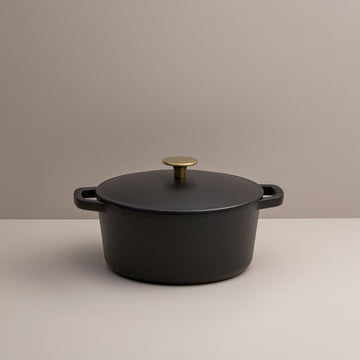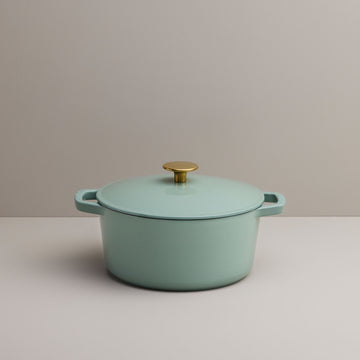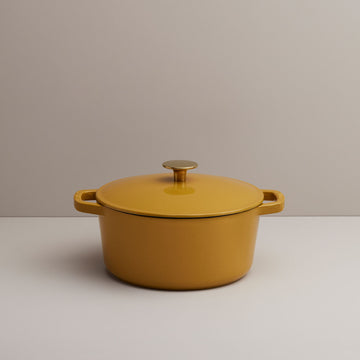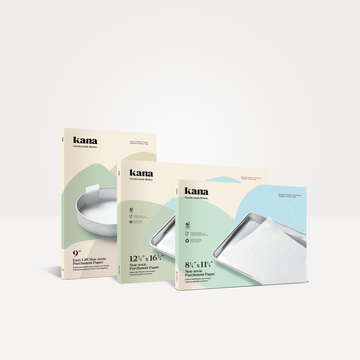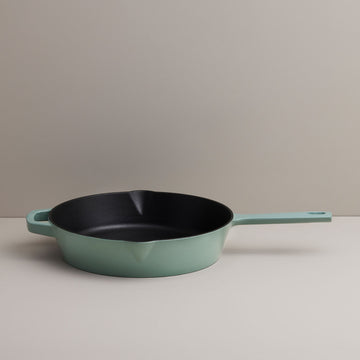Proper proofing: how to work with yeast doughs

The most important technique to master when learning how to make bread and other yeasted treats is proofing, where all the rising happens. Today we’re going to learn how to proof bread dough for the best homemade loaves!
There are few pleasures greater than homemade bread, but if you’re new to baking with yeast, getting the rise right can feel intimidating. The key to the best homemade bread is proper proofing, so let’s break down what proofing actually is. The term proofing can apply to three separate steps in a bread recipe, and these same principles also apply to pizza, buns, bagels, and more. We’ll explore each proofing step below.

Proving Yeast
If a recipe calls for active dry yeast, most often the instructions will ask you to mix together the yeast with some liquid--usually water or milk--and possibly a sweetener such as sugar or honey. Bubbles should appear on the surface after a few minutes, proving the yeast is alive and viable. If not, start over with new, unexpired yeast and make sure your liquid is just lukewarm, no hotter than 110°F/43°C if you have a thermometer.
This step usually doesn’t apply to recipes with instant yeast or sourdough starter.
This step usually doesn’t apply to recipes with instant yeast or sourdough starter.
The First Proof
The first proof, also known as bulk fermentation, is the initial rise time after a dough is mixed or kneaded, and completion of this proof is measured by look and feel. Check for volume: did your dough double in size, is it domed on top, and does it feel light and airy? A recipe will list a general time range and the amount of volume that should be gained, but don’t be afraid to add time if the dough hasn’t hit the desired volume at that time mark.
Using a clear-sided container such as a glass bowl or food-safe plastic bucket is helpful because you can both measure the volume gained from the side and look for telltale signs of good proofing like bubbles throughout the dough, from top to bottom.
The first proof can happen at room temperature, in a warm place, or in the refrigerator. The warmer the temperature, the faster the dough rises. Colder temperatures yield a slower rise but this pays off handsomely in terms of flavor development. It’s also useful to note that when a dough is enriched with anything like milk, eggs, or butter, it will rise slower than plain white flour dough, and whole wheat doughs will rise more quickly than plain dough.
Using a clear-sided container such as a glass bowl or food-safe plastic bucket is helpful because you can both measure the volume gained from the side and look for telltale signs of good proofing like bubbles throughout the dough, from top to bottom.
The first proof can happen at room temperature, in a warm place, or in the refrigerator. The warmer the temperature, the faster the dough rises. Colder temperatures yield a slower rise but this pays off handsomely in terms of flavor development. It’s also useful to note that when a dough is enriched with anything like milk, eggs, or butter, it will rise slower than plain white flour dough, and whole wheat doughs will rise more quickly than plain dough.


JOIN THE CLUB
Like this story?
You’ll love our newsletter!
You’ll love our newsletter!
The Second Proof
The second proof happens after shaping the risen dough and allowing it to rest, whether it be in a banneton or proofing basket, loaf pan, or individually shaped such as for buns or bagels. This step can also happen at room temperature, in a warm place, or in the refrigerator depending on the recipe.
The dough will rise again, feeling wobbly and light at the end, but it can also be helpful to gently poke the dough to know when it’s ready to bake. Well-proofed dough will slowly fill back in where you poked, leaving a small indentation on the surface. This is the best point to put the bread in the oven so the yeast can make the final push in rise during the first few minutes of baking. If you’re not sure and want to time it right, start doing this “poke test” at the early end of the time listed for the final proof but allow it to keep rising until it behaves as just described.
If you press down into the dough and it completely springs back, the yeast is still working and the dough is not fully proofed. If your fingermark stays completely sunken with no spring back, it’s gone too far and is overproofed, which usually yields a dense product.
The dough will rise again, feeling wobbly and light at the end, but it can also be helpful to gently poke the dough to know when it’s ready to bake. Well-proofed dough will slowly fill back in where you poked, leaving a small indentation on the surface. This is the best point to put the bread in the oven so the yeast can make the final push in rise during the first few minutes of baking. If you’re not sure and want to time it right, start doing this “poke test” at the early end of the time listed for the final proof but allow it to keep rising until it behaves as just described.
If you press down into the dough and it completely springs back, the yeast is still working and the dough is not fully proofed. If your fingermark stays completely sunken with no spring back, it’s gone too far and is overproofed, which usually yields a dense product.
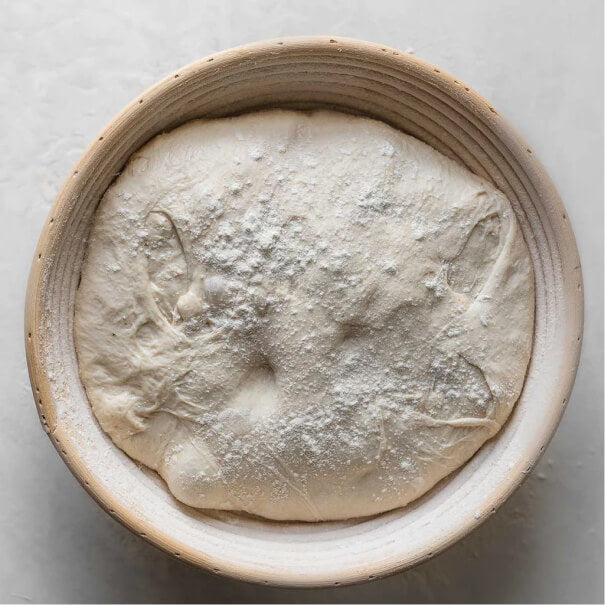

Diagnosing Issues After Baking
Sometimes, despite our best efforts, bread dough can get away from us and yield a less-than-ideal finished product. Below are some ways to figure out what went wrong to fix for next time.
If you see stretching and large cracks along the surface of your bread or your crust is very pale and not browning any further even after long periods of baking, it’s likely underproofed. The gases from the yeast burst through the dough in the oven because they had too much power left.
If the dough sinks flat and is dense after baking, it’s most likely overproofed, which means the yeast didn’t have enough activity left to provide any rise in the oven, and the gluten network in the dough has started to collapse. Overproofed bread can also taste overly sour, having fermented too long.
The crust of properly proofed bread will be shiny and smooth, sometimes even blistery, and will be deep golden brown. The crumb, or interior, is even throughout, whether it has large holes or a tighter texture.
If you see stretching and large cracks along the surface of your bread or your crust is very pale and not browning any further even after long periods of baking, it’s likely underproofed. The gases from the yeast burst through the dough in the oven because they had too much power left.
If the dough sinks flat and is dense after baking, it’s most likely overproofed, which means the yeast didn’t have enough activity left to provide any rise in the oven, and the gluten network in the dough has started to collapse. Overproofed bread can also taste overly sour, having fermented too long.
The crust of properly proofed bread will be shiny and smooth, sometimes even blistery, and will be deep golden brown. The crumb, or interior, is even throughout, whether it has large holes or a tighter texture.
The Dutch Oven: A Must-Have Bread Baking Tool
Learning about proofing is the best way to start baking great bread at home, but you're also going to need the tools to try it out for yourself. A Dutch oven conducts heat evenly for consistent baking, and has a heavy lid that traps any steam released by the bread while it cooks. In fact, many no-knead and other artisan-style breads are actually better when baked in a Dutch oven, compared to a sheet tray or bread tin.
Practice always proves effective in learning a new skill, so start with this Overnight Artisan Bread and enjoy the process!
Practice always proves effective in learning a new skill, so start with this Overnight Artisan Bread and enjoy the process!
Keep exploring
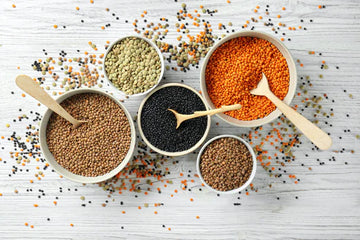
5 sustainable foods to cook for an eco-friendly kitchen
Cooking with these environmentally-friendly ingredients is a simple way you can reduce the carbon footprint of your kitchen today.

April Fool's Day: Our Favorite Food Fake-Outs
These creative dishes from some of our favorite culinary creators will have you doing a double take!
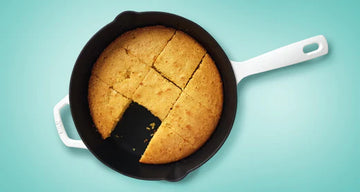
5 deliciously easy flour-free bread recipes
Simple bread recipes to make at home when you're running short on wheat flour.
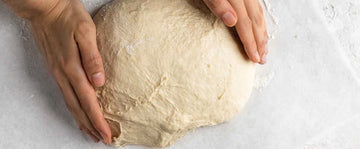
Demystifying gluten
You’ve definitely heard of gluten, but do you know how it plays a role in baking? Today we’re diving into the science behind gluten and sharing tips for understanding it in your baking.

An interview with Julia Estrada, Kana's newest baking queen
Julia Estrada is the face behind the delectable blog, Bread & Basil, and she certainly knows her way around the kitchen. Baking is her true love, and you'll often find her making artisanal breads in her New York City apartment.

5 tips on decorating Valentine's cakes for that special someone
Get creative on Valentine’s Day by offering your loved ones something baked from scratch and uniquely decorated. Here are some easy ways to shake up your cake decorating.

5 deliciously easy flour-free bread recipes
Simple bread recipes to make at home when you're running short on wheat flour.

Demystifying gluten
You’ve definitely heard of gluten, but do you know how it plays a role in baking? Today we’re diving into the science behind gluten and sharing tips for understanding it in your baking.

An interview with Julia Estrada, Kana's newest baking queen
Julia Estrada is the face behind the delectable blog, Bread & Basil, and she certainly knows her way around the kitchen. Baking is her true love, and you'll often find her making artisanal breads in her New York City apartment.
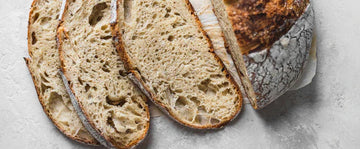
The proof is in the... proofing
The proofing process is an essential part of baking yeast-leavened goodies. Without it, you'll end up with a sad, flat pancake instead of that beautiful bread loaf you were hoping for. Yes, it takes some time to perfect the process, but once you've got it, you too can experience freshly-baked bread and pastries at home.
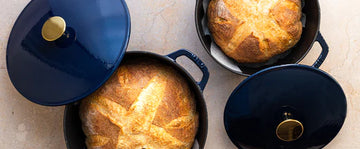
What size Dutch Oven do I need to bake bread?
Baking bread is one of the best parts of owning a Dutch oven. If you’re ready to give this wholesome activity a go but aren’t sure if you have the Dutch oven for the job, this article will help straighten things out for you.

5 deliciously easy flour-free bread recipes
Simple bread recipes to make at home when you're running short on wheat flour.
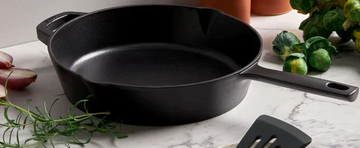
The Advantages of Enameled Cast Iron and Raw Cast Iron Cookware
Cast iron cookware comes in all shapes and sizes and are classified as kitchen staples all around the world. Here’s a look at why both raw and enameled cast iron Dutch ovens are perfect for any kitchen.

The proof is in the... proofing
The proofing process is an essential part of baking yeast-leavened goodies. Without it, you'll end up with a sad, flat pancake instead of that beautiful bread loaf you were hoping for. Yes, it takes some time to perfect the process, but once you've got it, you too can experience freshly-baked bread and pastries at home.
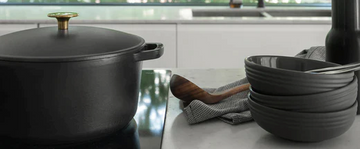
Why is it called a Dutch Oven?
While Dutch ovens have become a charming and familiar part of any modern kitchen, their name does lead to some confusion. What do the Dutch have to do with it? Isn’t it an English invention? And what about the French? It’s time to straighten things out.
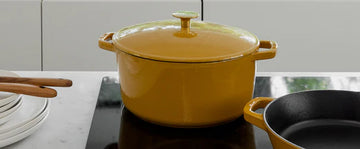
What is a Dutch Oven and why are they so popular?
The Dutch oven’s popularity has exploded in the last couple of years. If you’ve been wondering what this classic cooking pot brings to the table, read on.
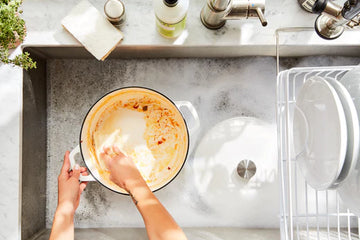
How to clean & season a cast iron Dutch Oven
Like with any cookware, there are times when your Dutch oven might get a little sticky, scorched or stained, but taken care of properly, your cast-iron cookware should last you well into the future.

Kana Parchment Paper is PEFC-Certified - here's what that means
Supporting sustainable forestry is a powerful way we can all work to revitalize the Earth's forests after decades of destruction.
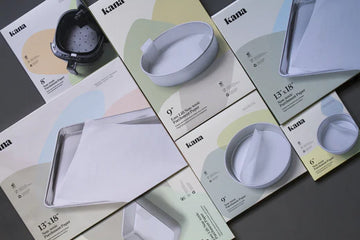
3 ways to a healthier kitchen with Parchment Paper
With its nonstick, heat-resistant and greaseproof surface, parchment paper is a must-have for cooks who crave a healthier kitchen.
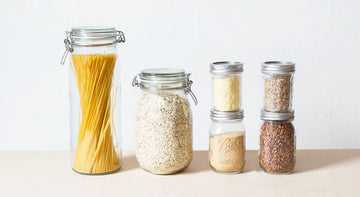
Essential items for your eco-friendly kitchen
The kitchen is a great place to start when moving toward a more eco-friendly home. Here are some kitchen essentials you can easily make eco-friendly swaps for today.
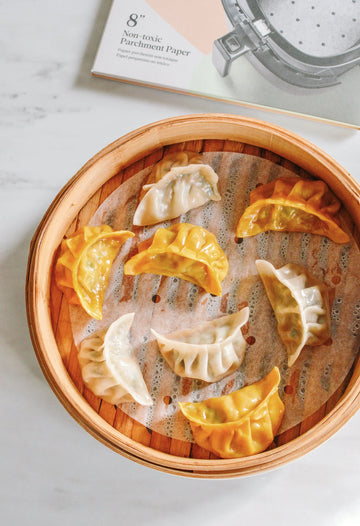
How to fold and steam homemade chinese dumplings

The proof is in the... proofing
The proofing process is an essential part of baking yeast-leavened goodies. Without it, you'll end up with a sad, flat pancake instead of that beautiful bread loaf you were hoping for. Yes, it takes some time to perfect the process, but once you've got it, you too can experience freshly-baked bread and pastries at home.
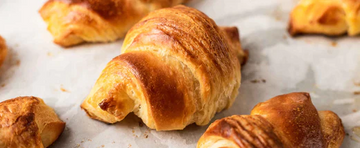
Lamination: the key is in the layers
You may have seen the term “lamination” in a bread recipe, but do you know what it means and how to do it? Today we’re peeling back the layer of mystery surrounding lamination in a recipe.
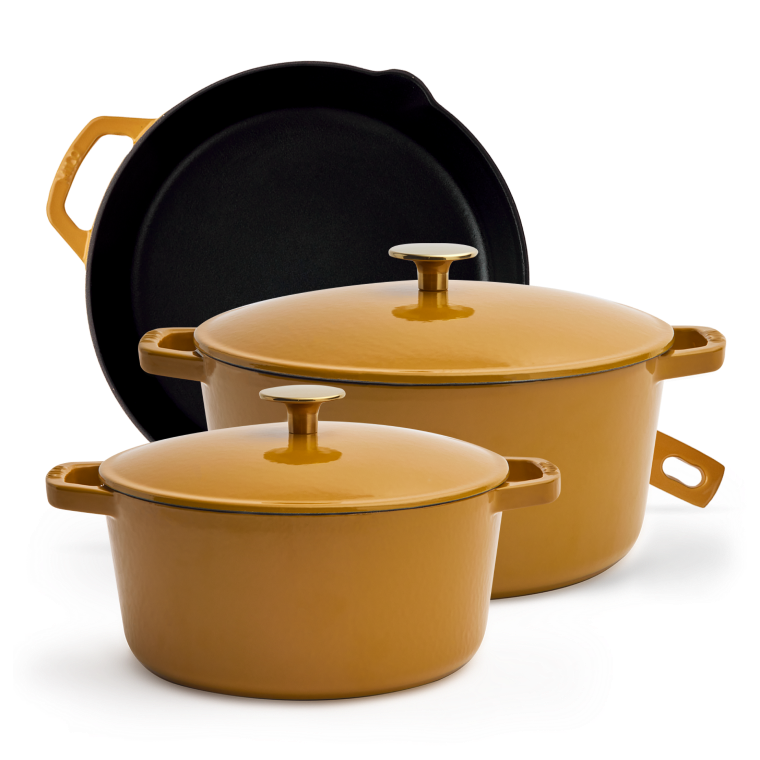
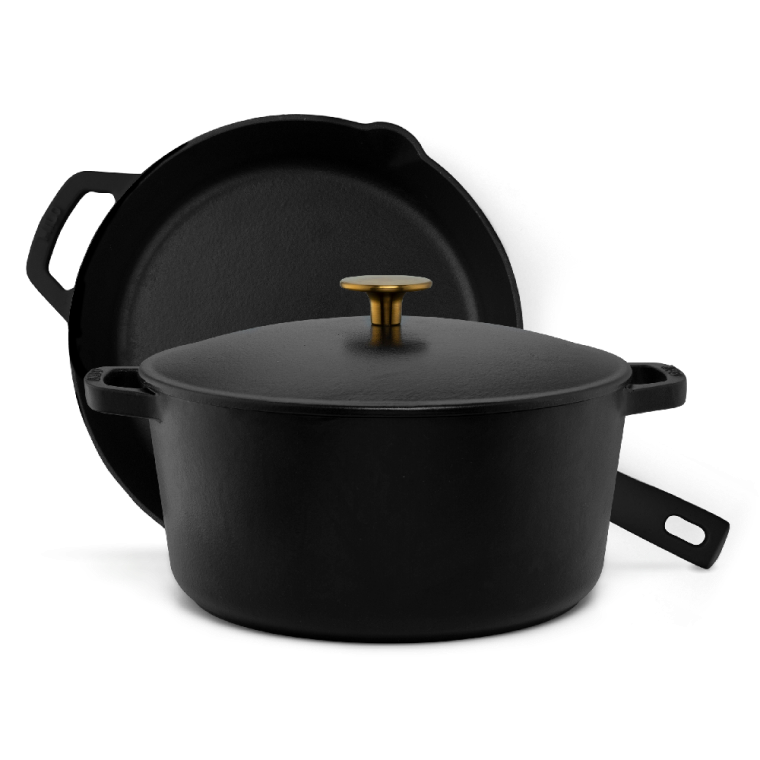

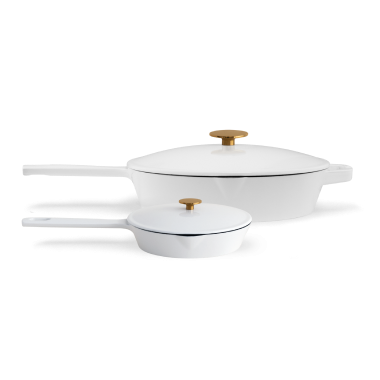


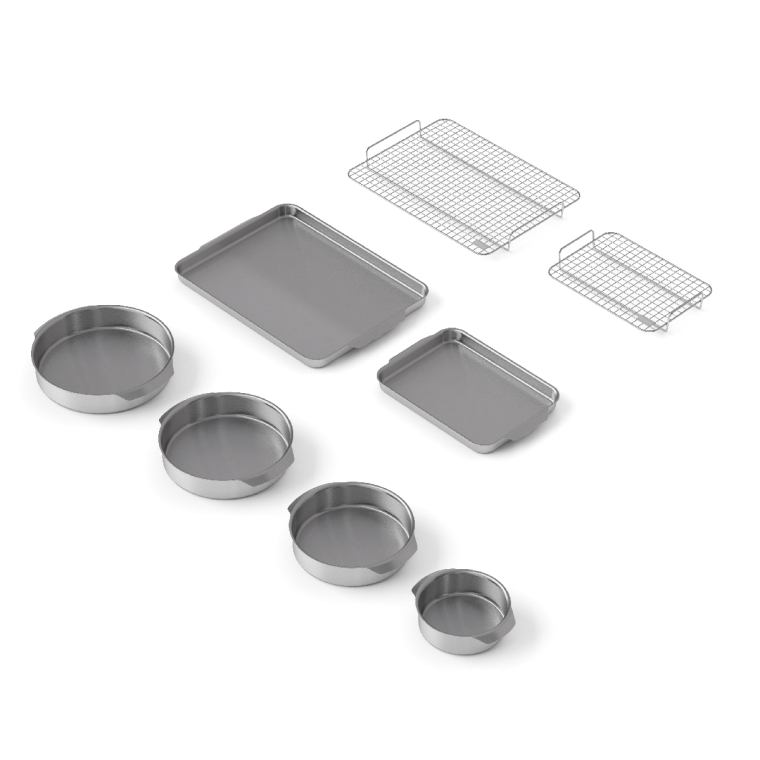
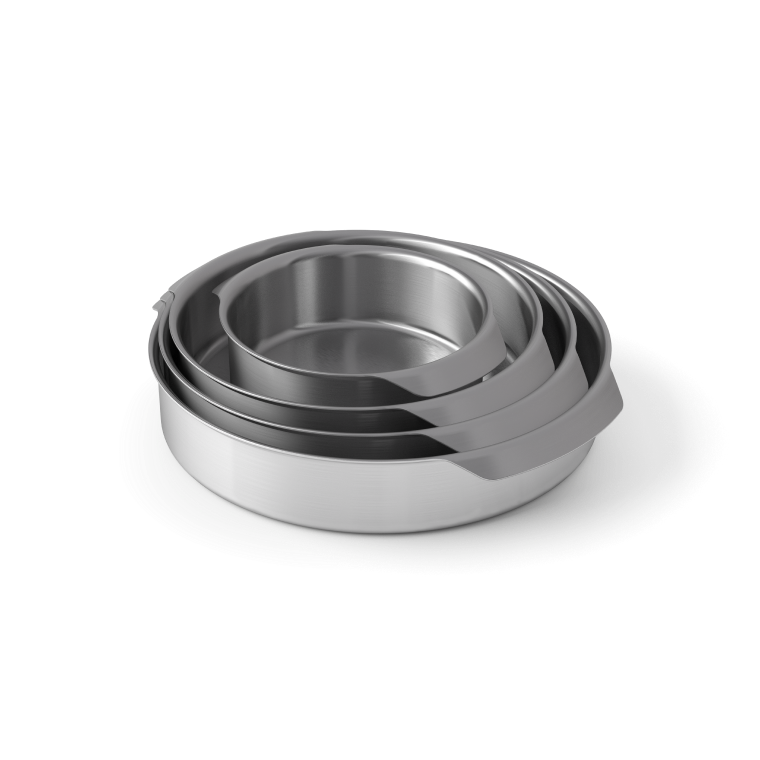








 5.5 Quart Dutch Oven
5.5 Quart Dutch Oven

